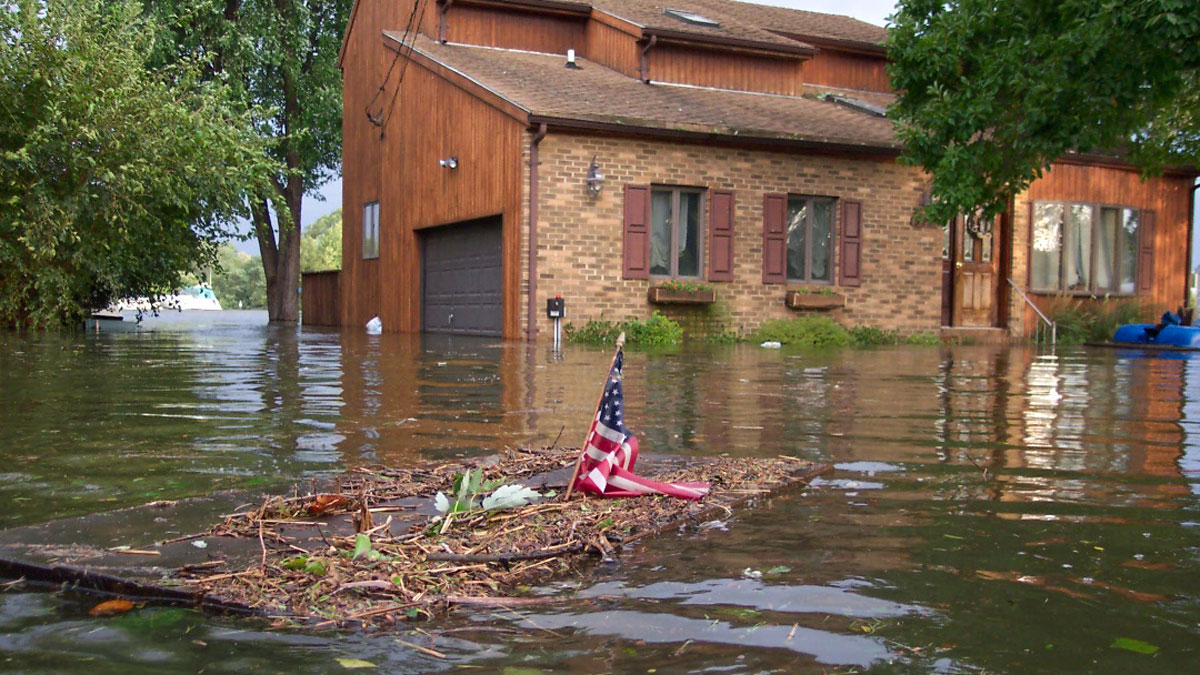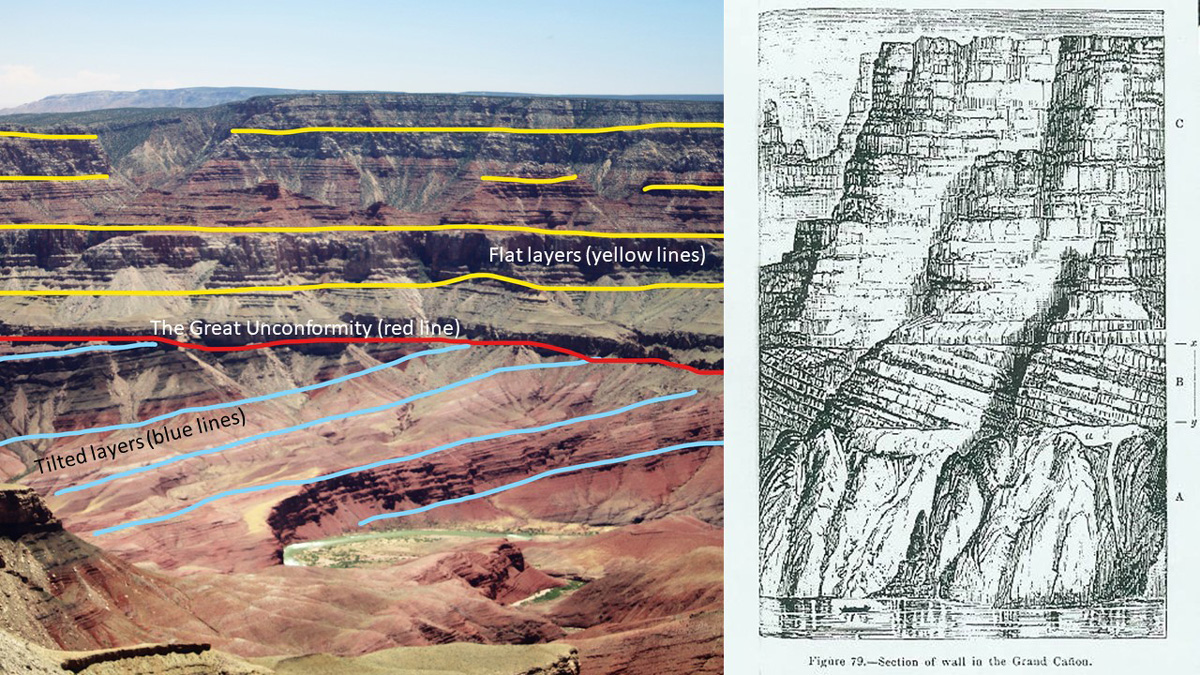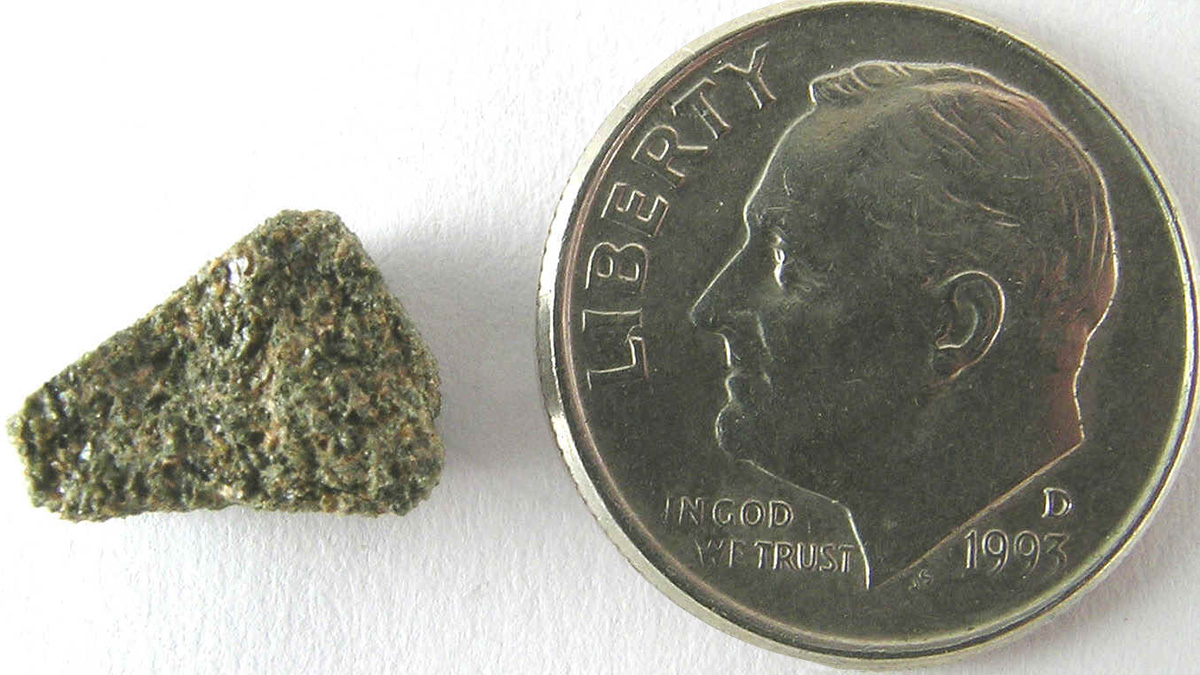Lessons learned and applied during a recent workshop can help authors, from students to seasoned professionals, work together to produce more equitable and effective writing.
meetings & workshops
Estableciendo el marco para la acción climática bajo el Protocolo de Montreal
Doce artículos fueron la base científica para la rápida acción que reforzó el tratado, el cual ya estaba salvaguardando el ozono estratosférico, para que también protegiera el clima al reducir los super contaminantes.
Mentorship Builds Inclusivity and Belonging in the Geosciences
Four evidence-based approaches implemented through an innovative mentoring program have succeeded at improving retention rates of undergraduate women in the geosciences.
Engineering with Nature to Face Down Hurricane Hazards
Natural and engineered, nature-based structures offer promise for storm-related disaster risk reduction and flood mitigation, as long as researchers can adequately monitor and study them.
The Great Unconformity or Great Unconformities?
Some scientists think the Great Unconformity was caused by Snowball Earth’s glaciations. Recent work suggests these phenomena might not be related.
Martian Meteorites Offer a Tantalizing Glimpse of the Red Planet
By studying these literal chunks of Mars, scientists are learning more about the Red Planet’s deep interior and impact history.
10 perspectivas científicas para la COP27
Mientras las naciones se reunían en Sharm El-Sheikh, Egipto, los principales científicos del clima compartieron un nuevo informe para apoyar una política más eficaz.
10 Science Insights for COP27
As nations convene in Sharm El-Sheikh, Egypt, leading climate scientists share a new report to support more effective policy.
Converging Toward Solutions to Grand Challenges
A hypothetical, space weather–induced power grid catastrophe served as a practice case for building unity and collaborative skills among disparate communities to address a major global hazard.
How Quantum Computing Can Tackle Climate and Energy Challenges
The day is coming when quantum computers, once the stuff of science fiction, will help scientists solve complex, real-world problems that are proving intractable to classical computing.










